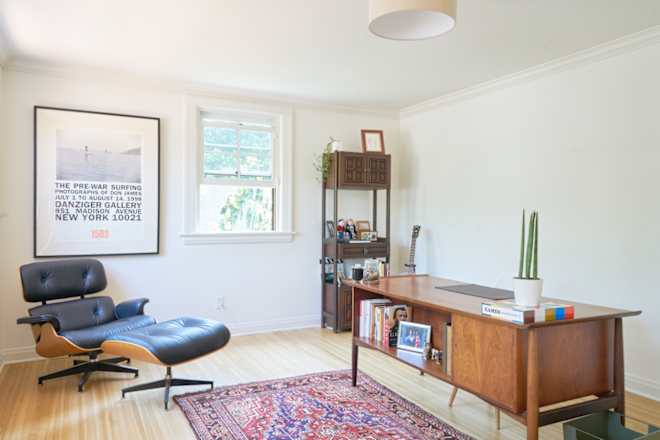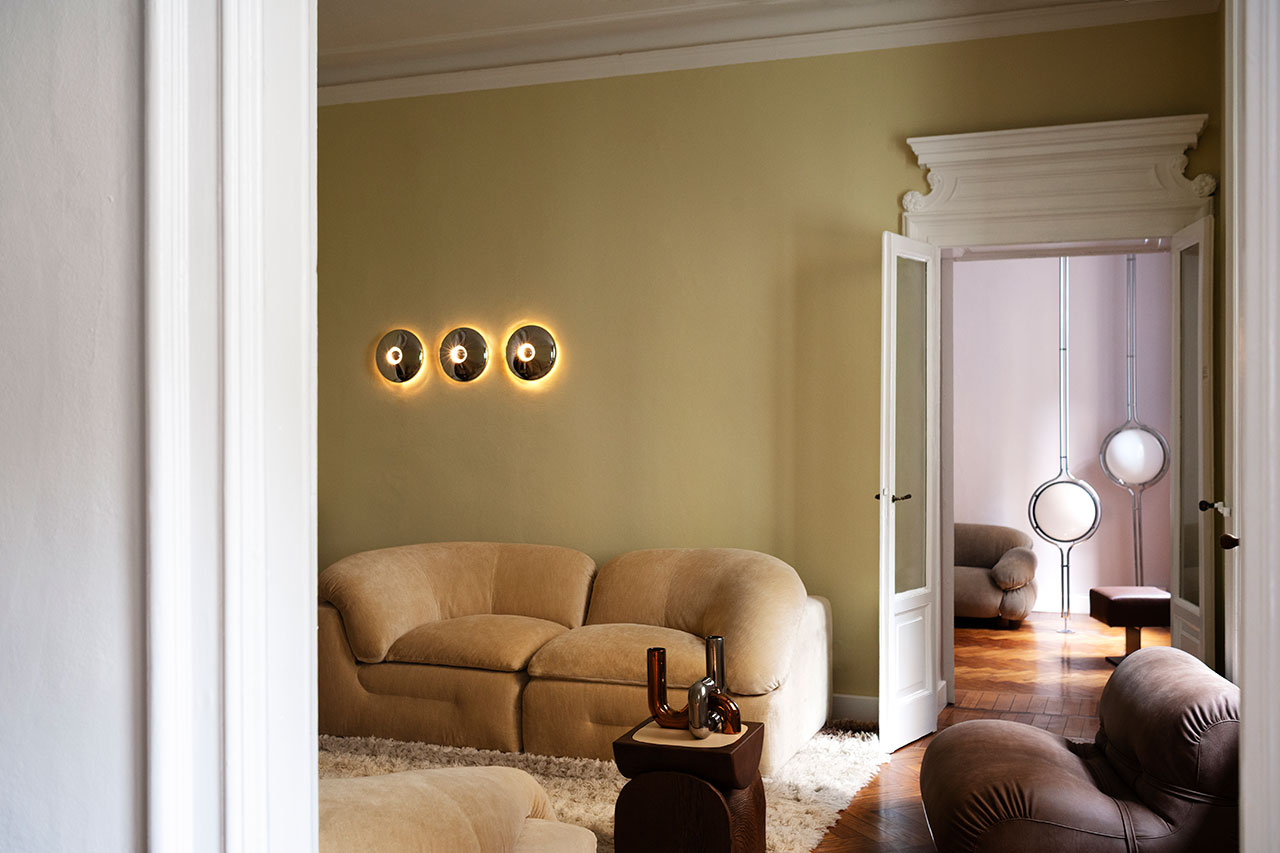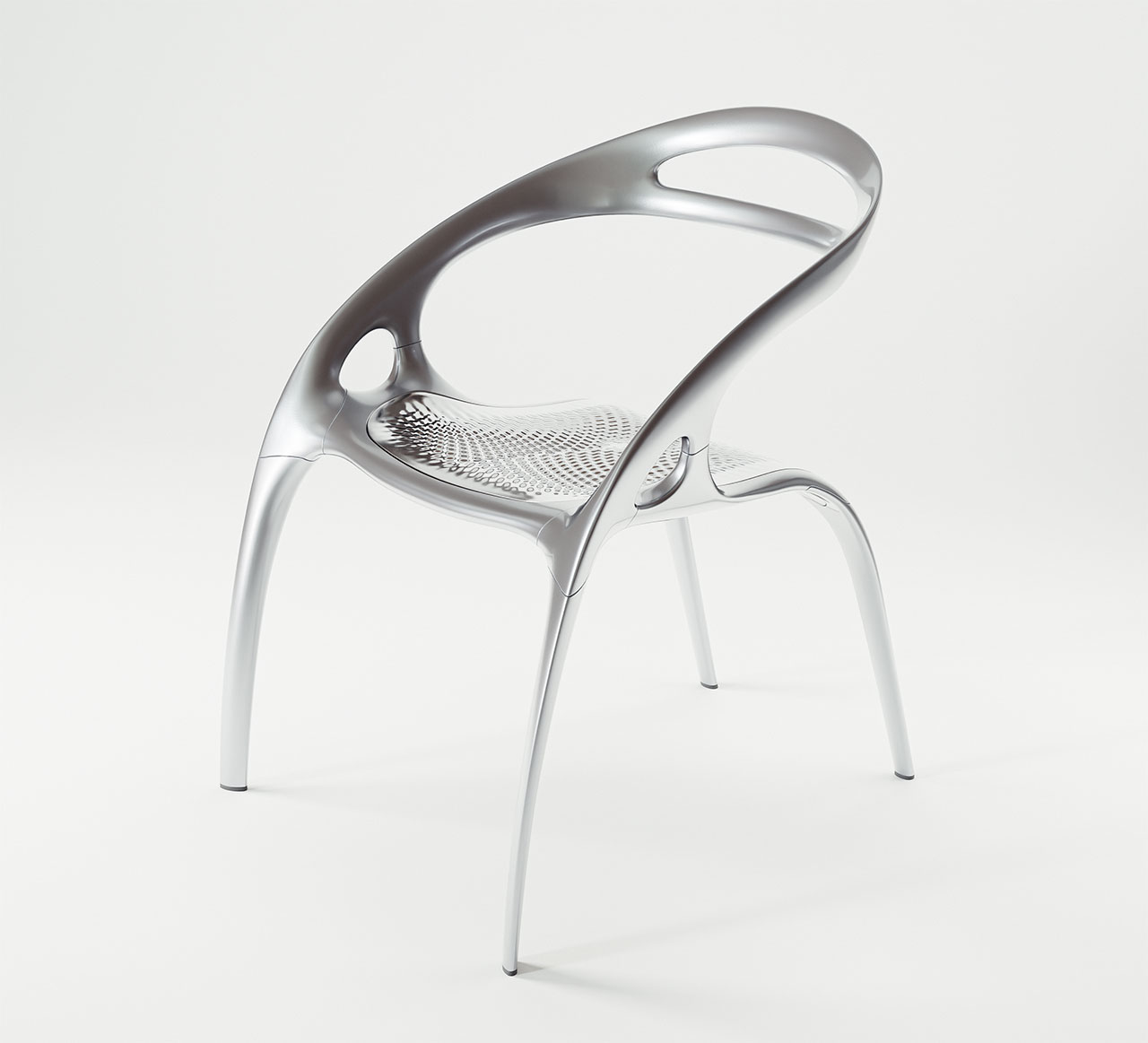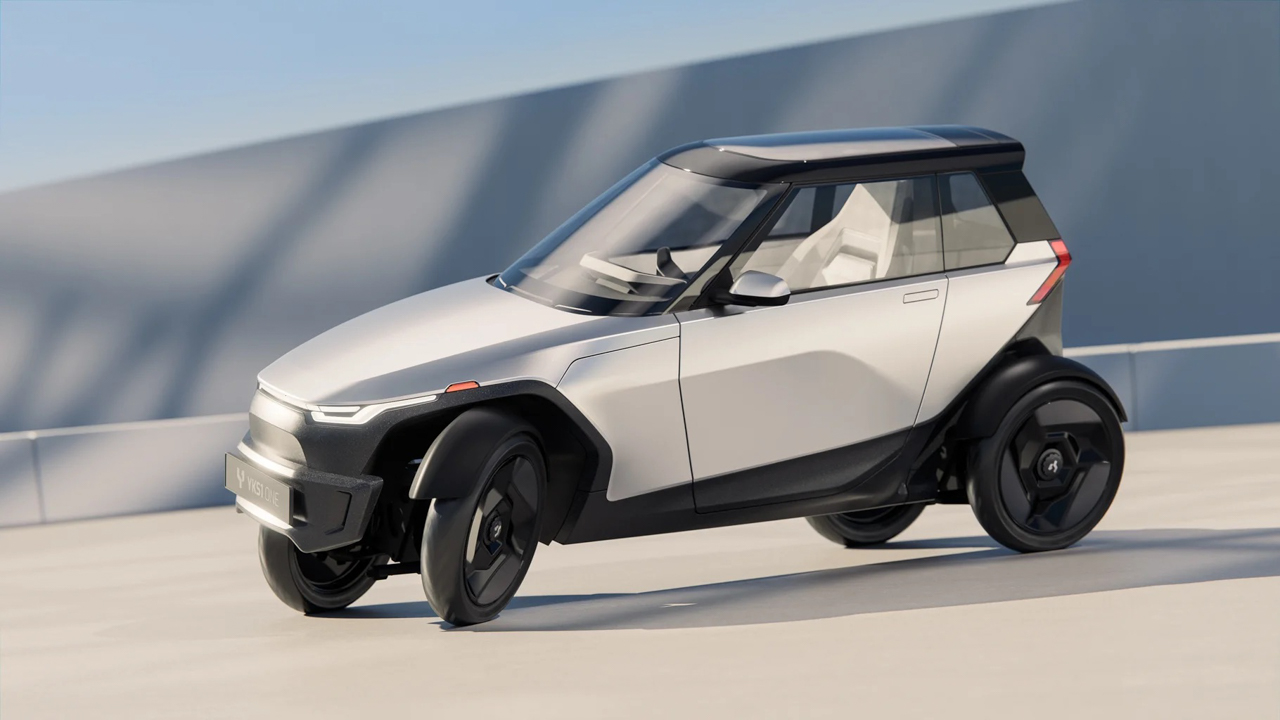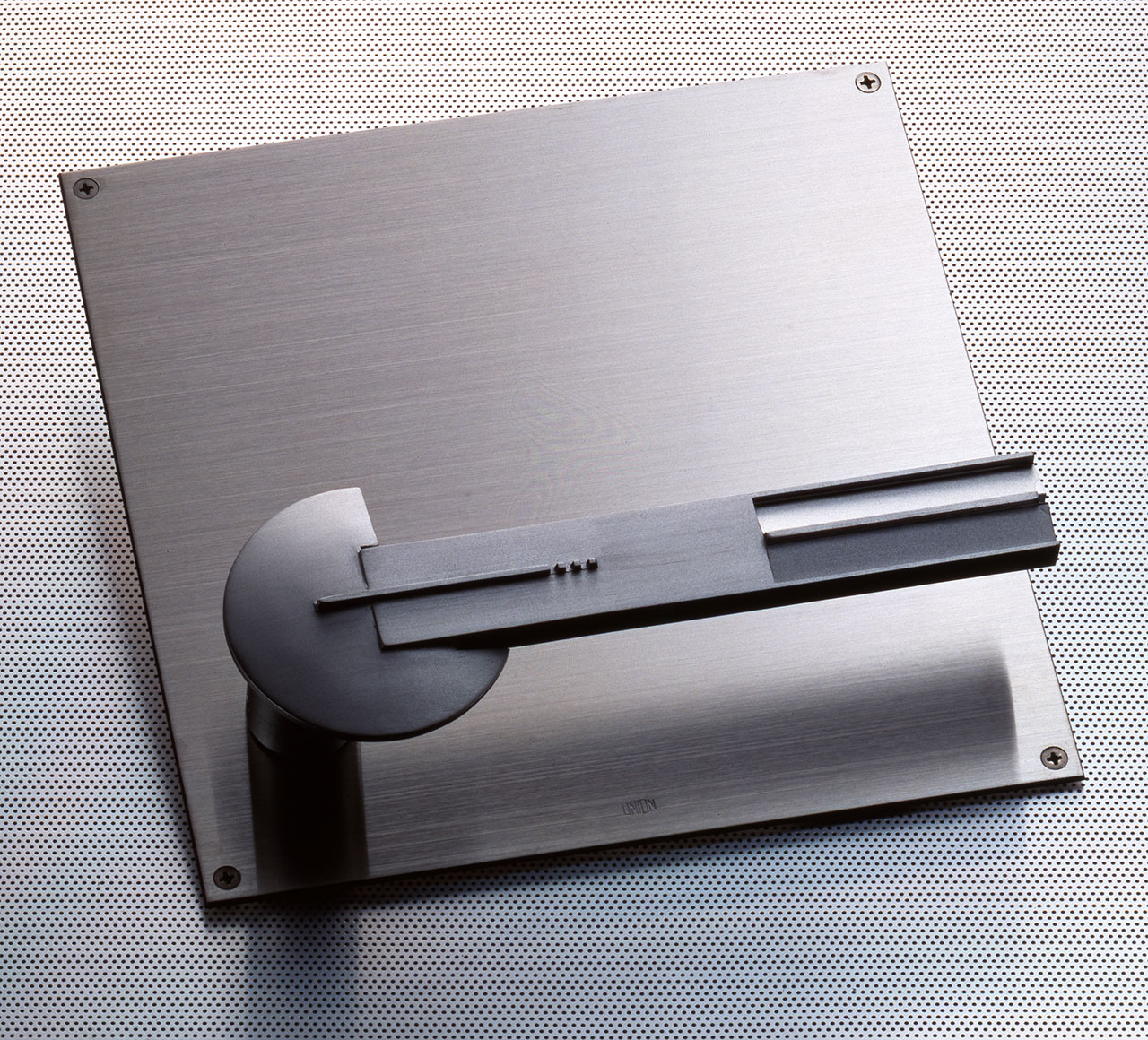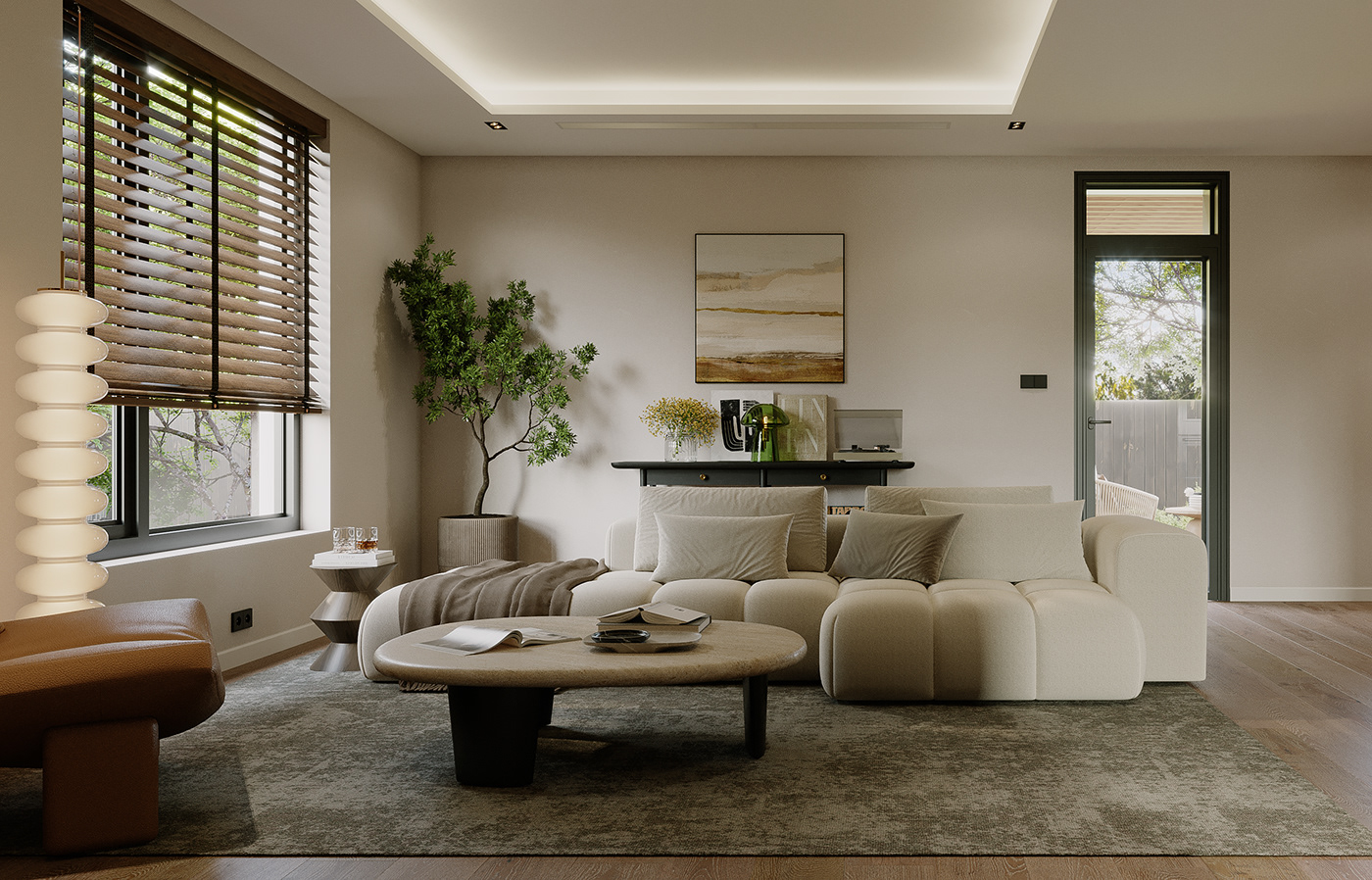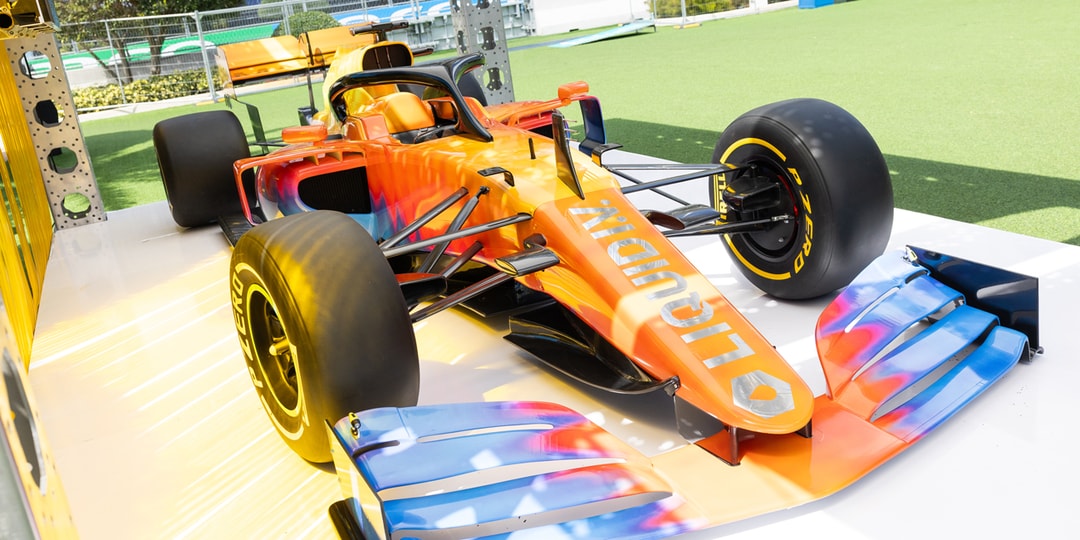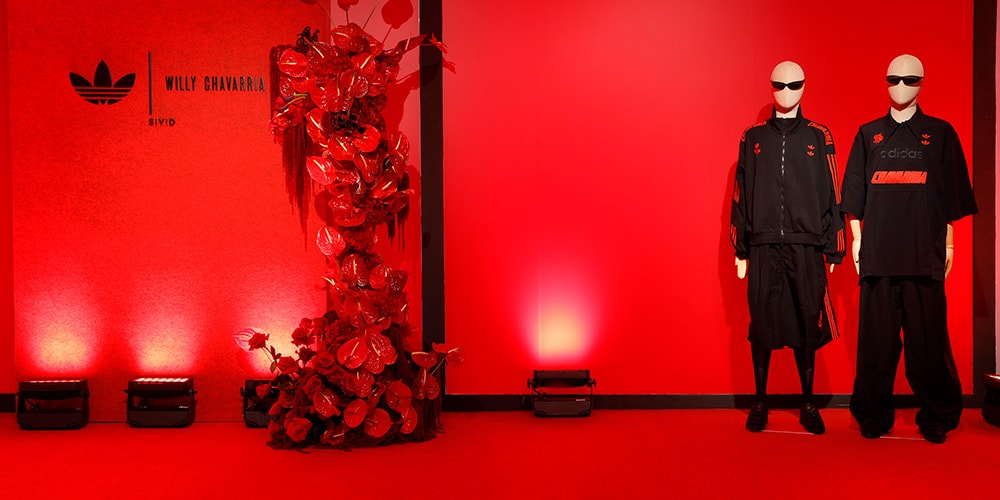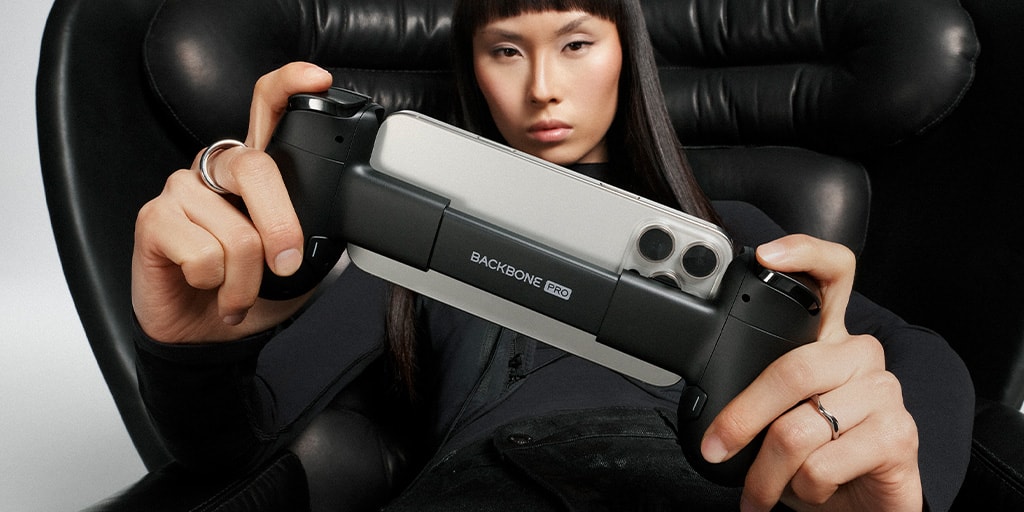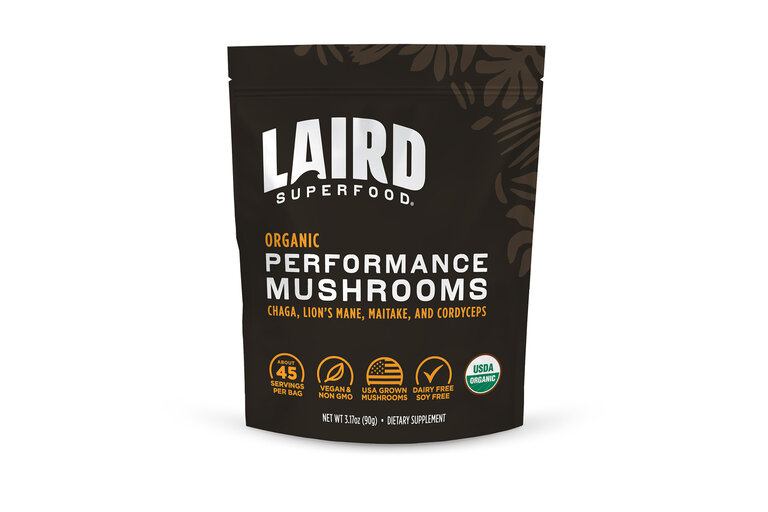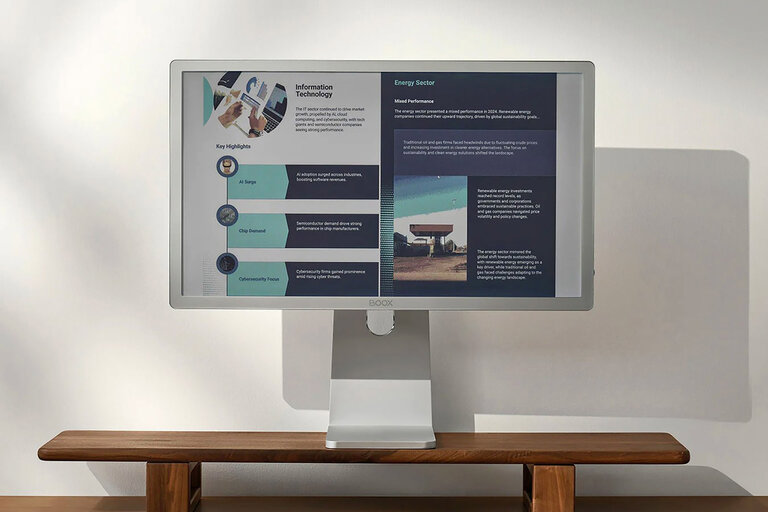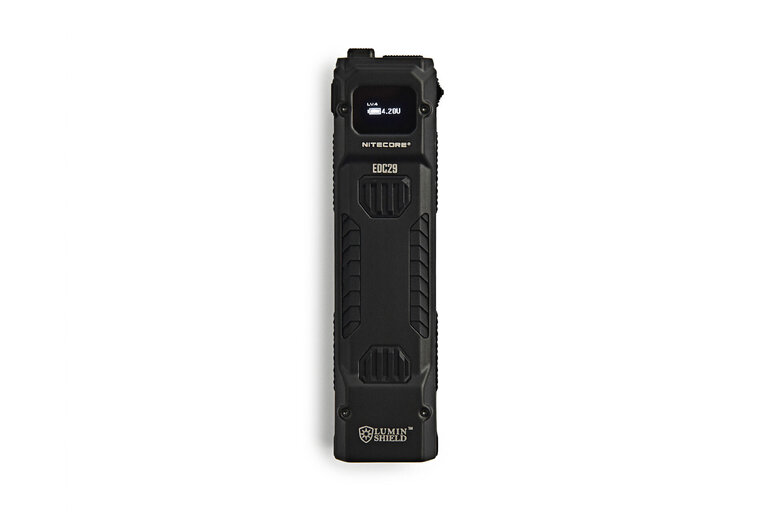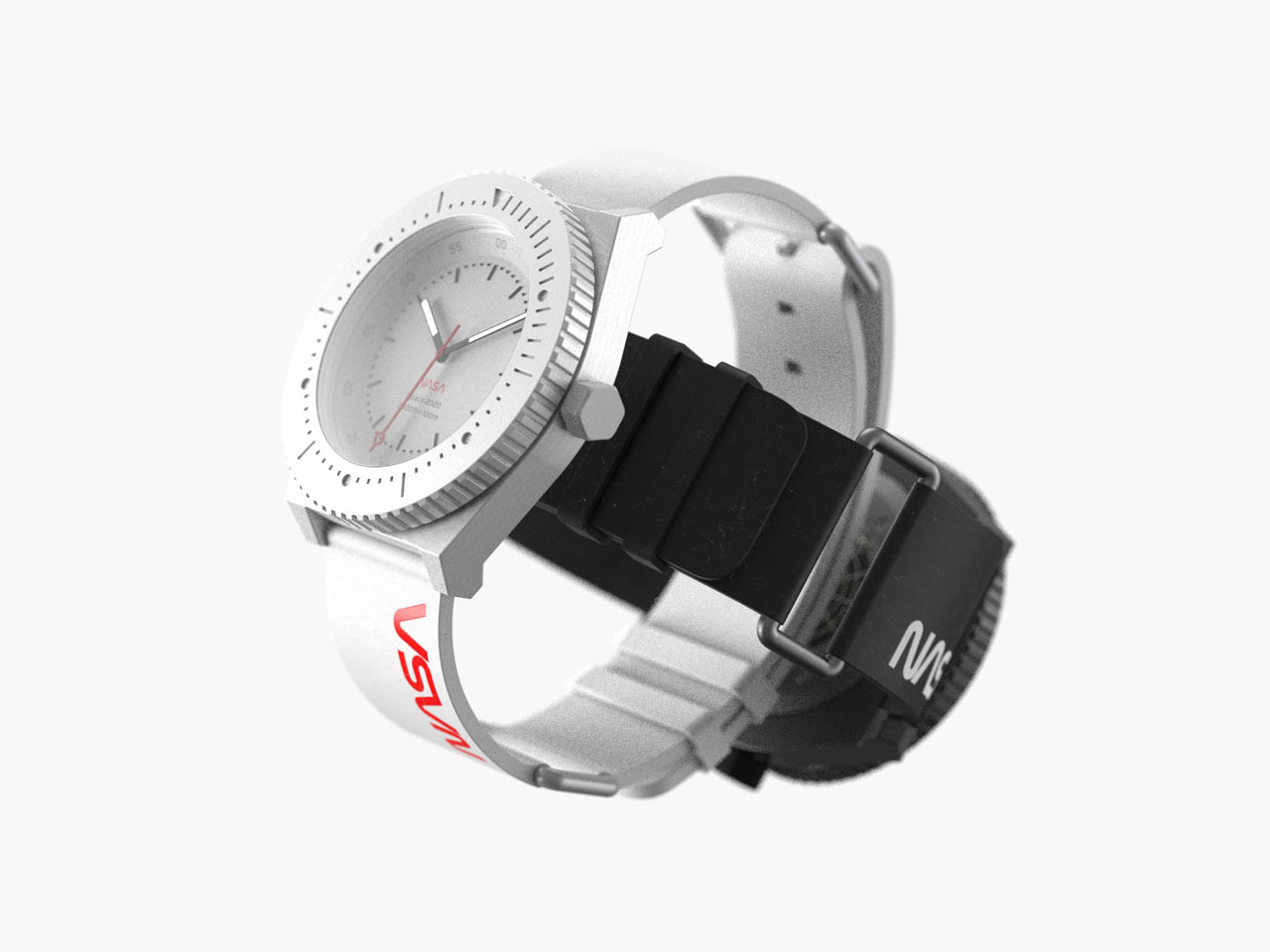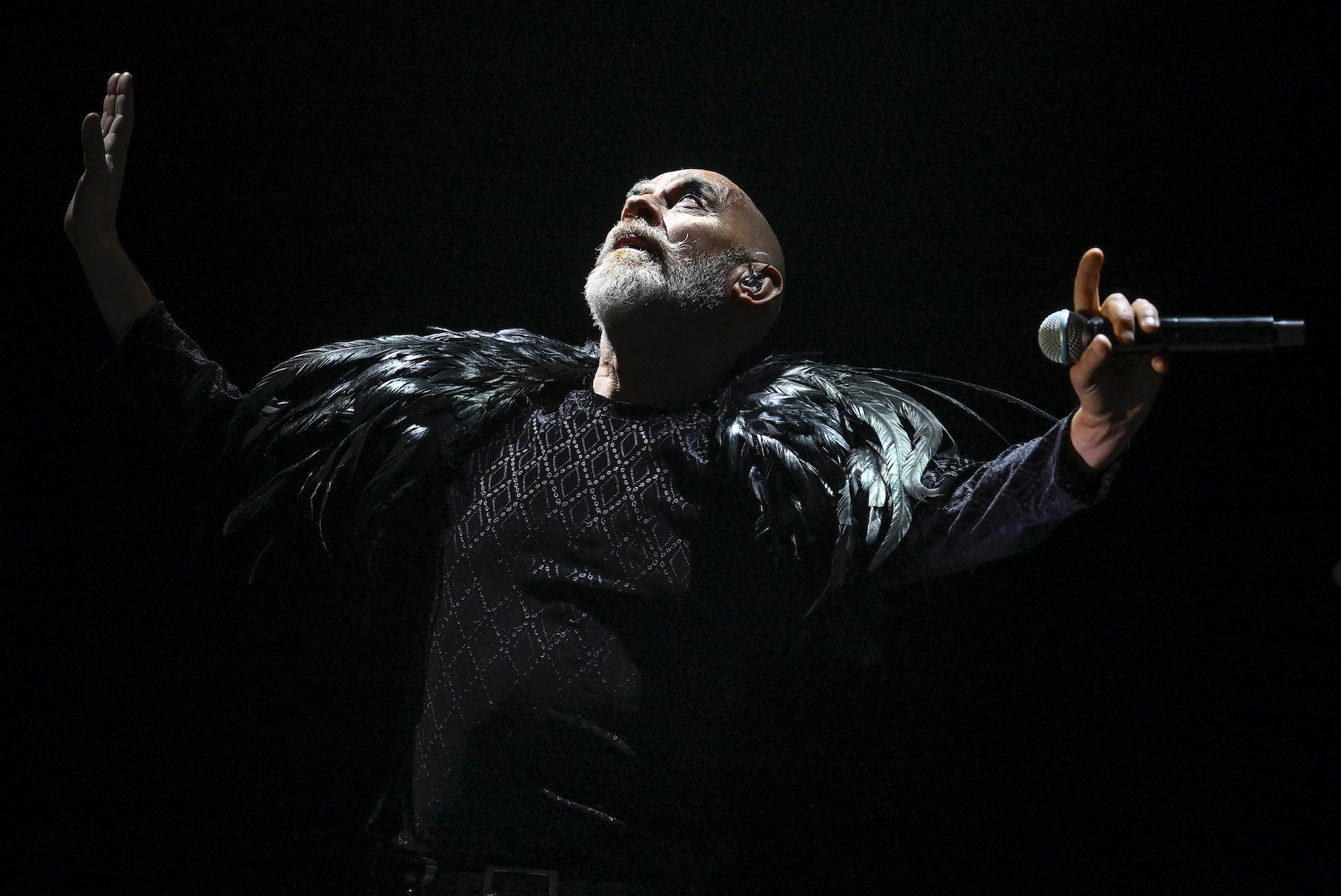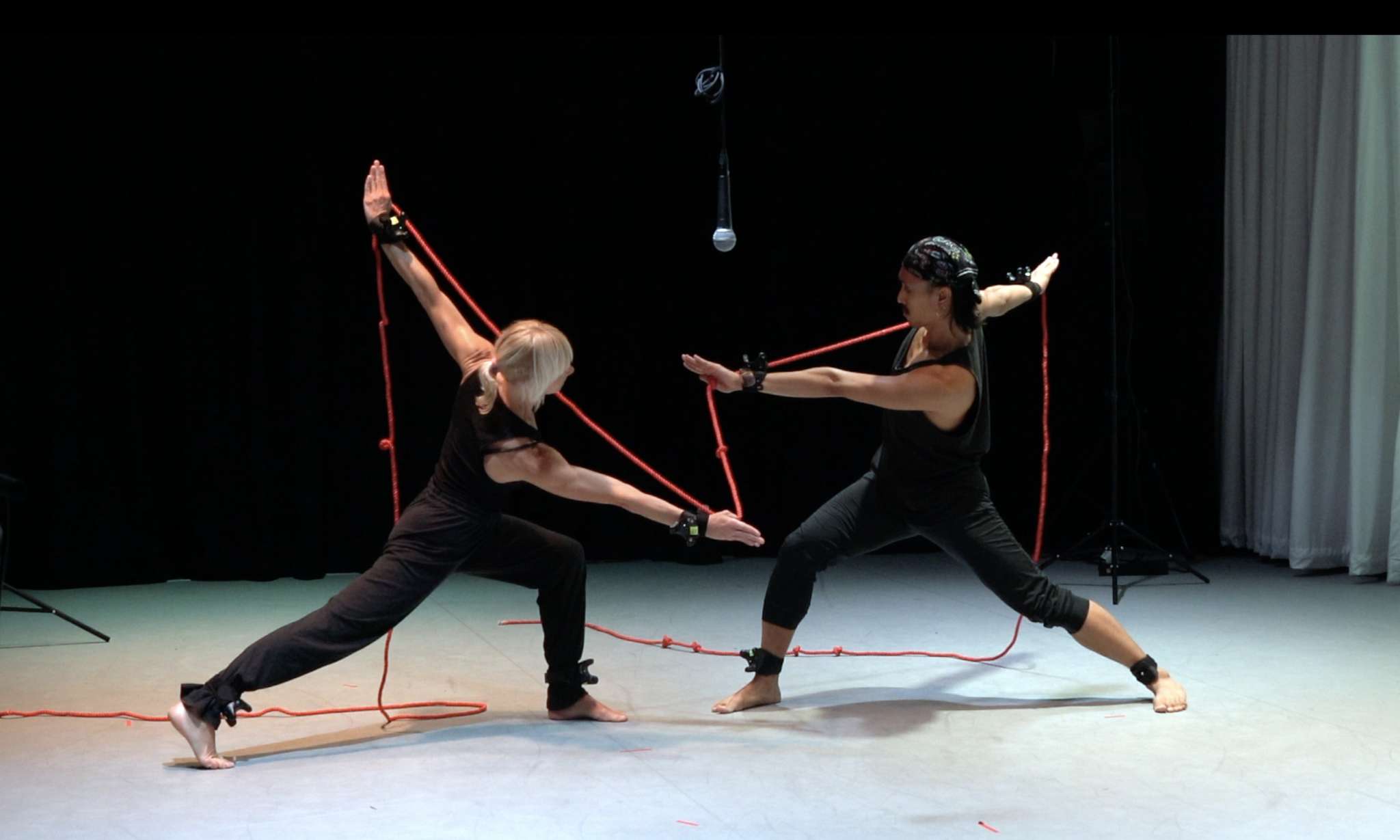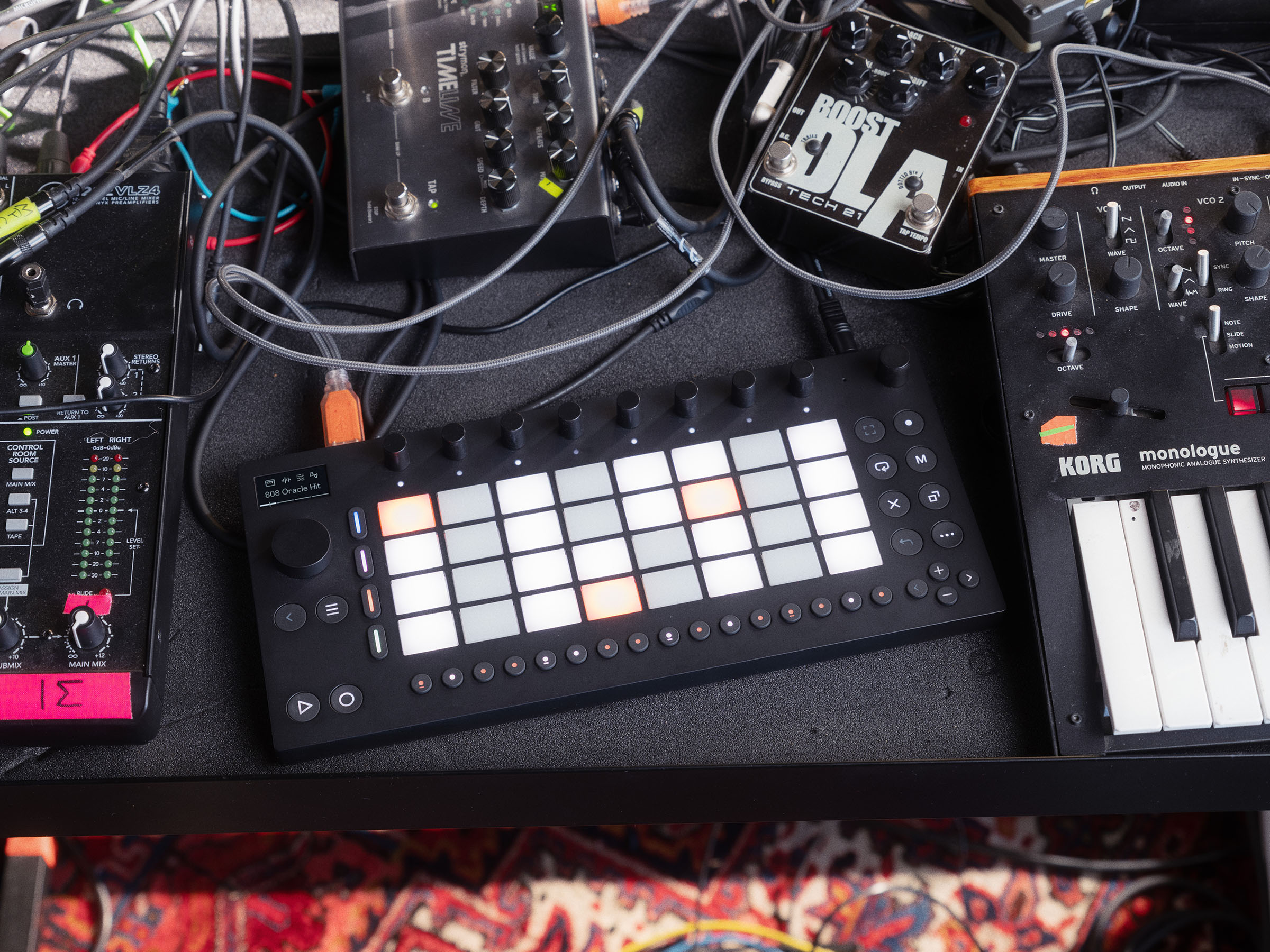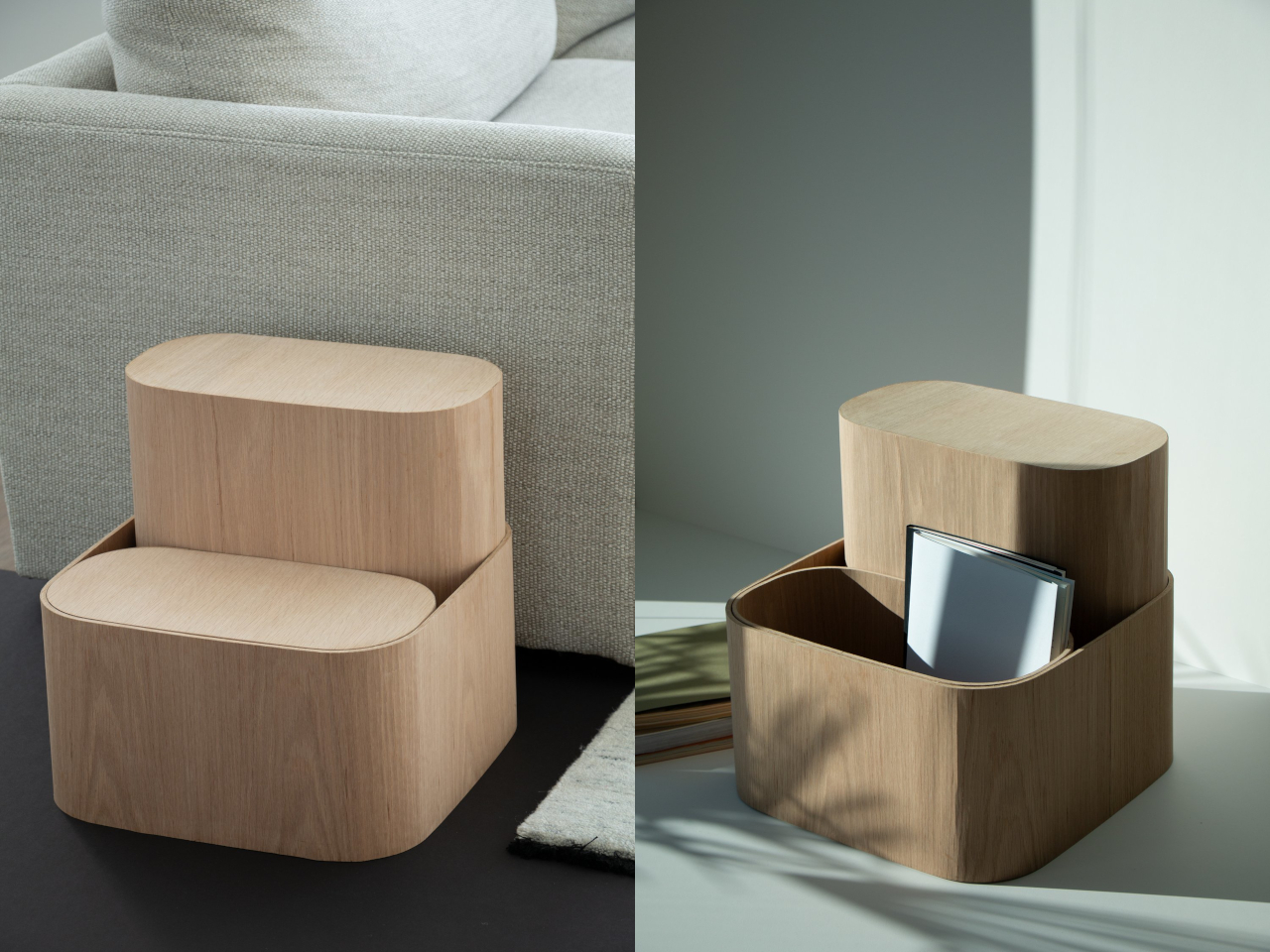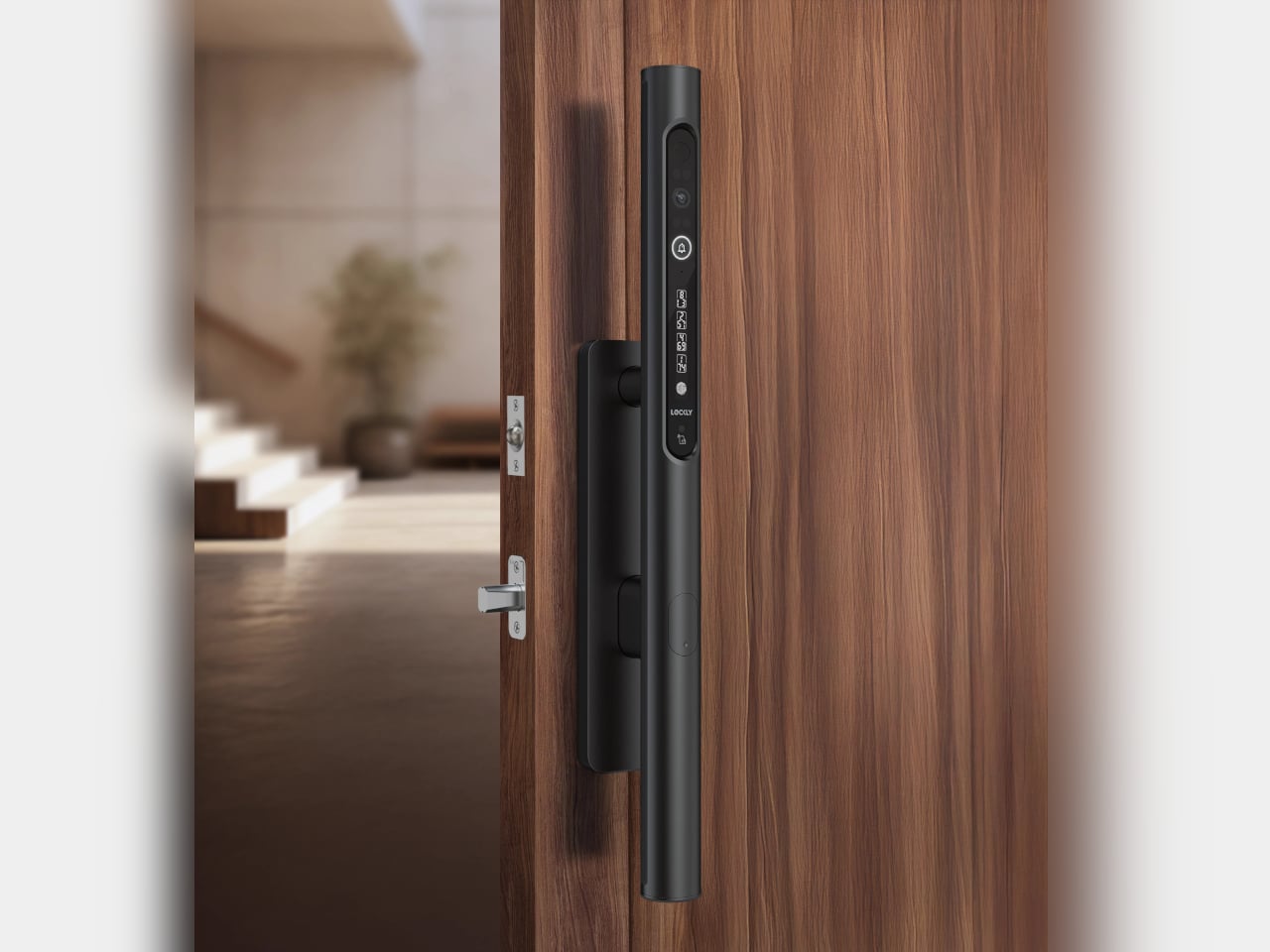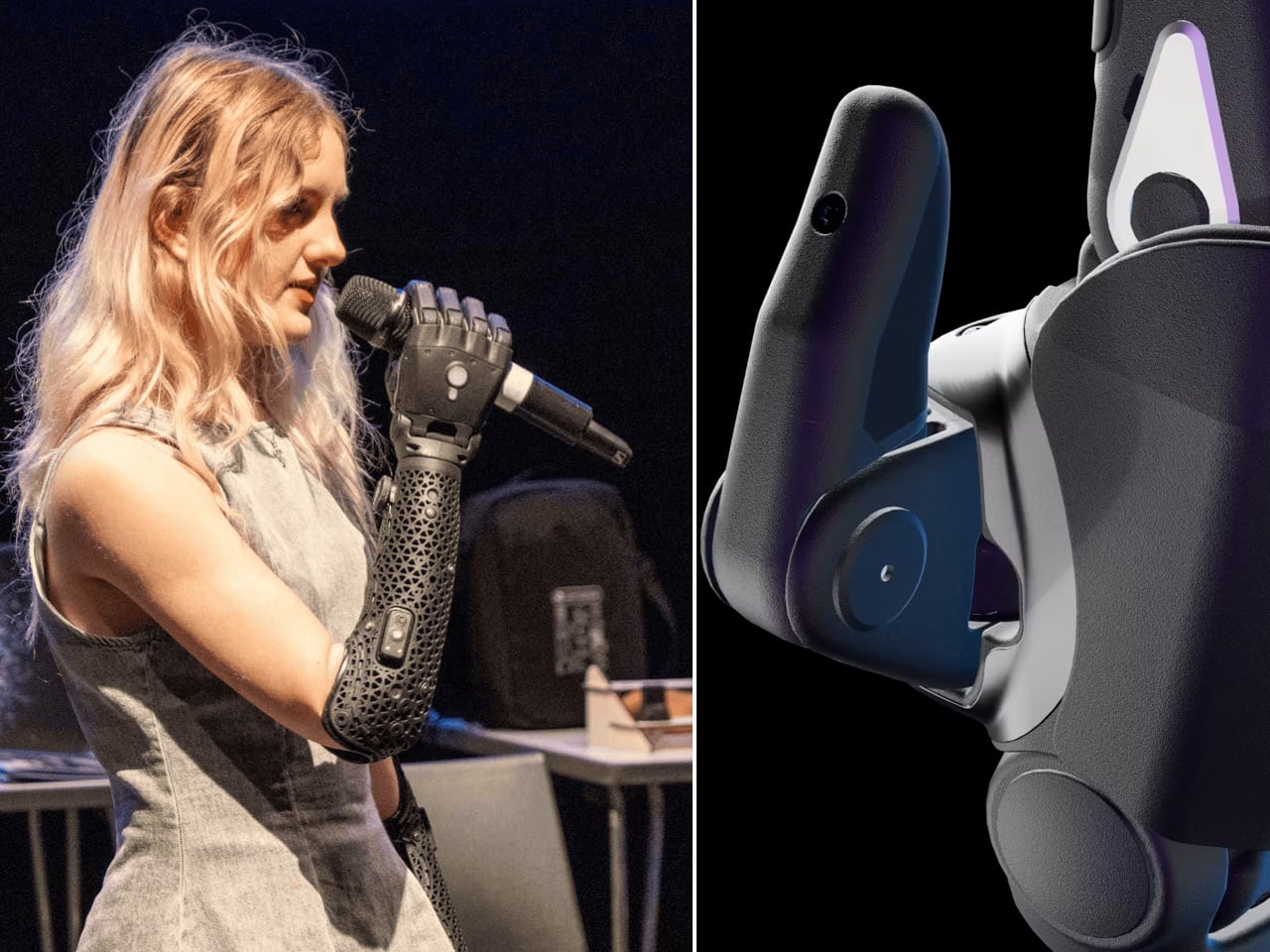This Tiny Robot Dog With AI Vision Might Be Smarter Than Your Coworkers
This Tiny Robot Dog With AI Vision Might Be Smarter Than Your Coworkers No puppy should be this smart. Especially one with stainless steel tendons, a brain powered by a Raspberry Pi, and the gait of a...
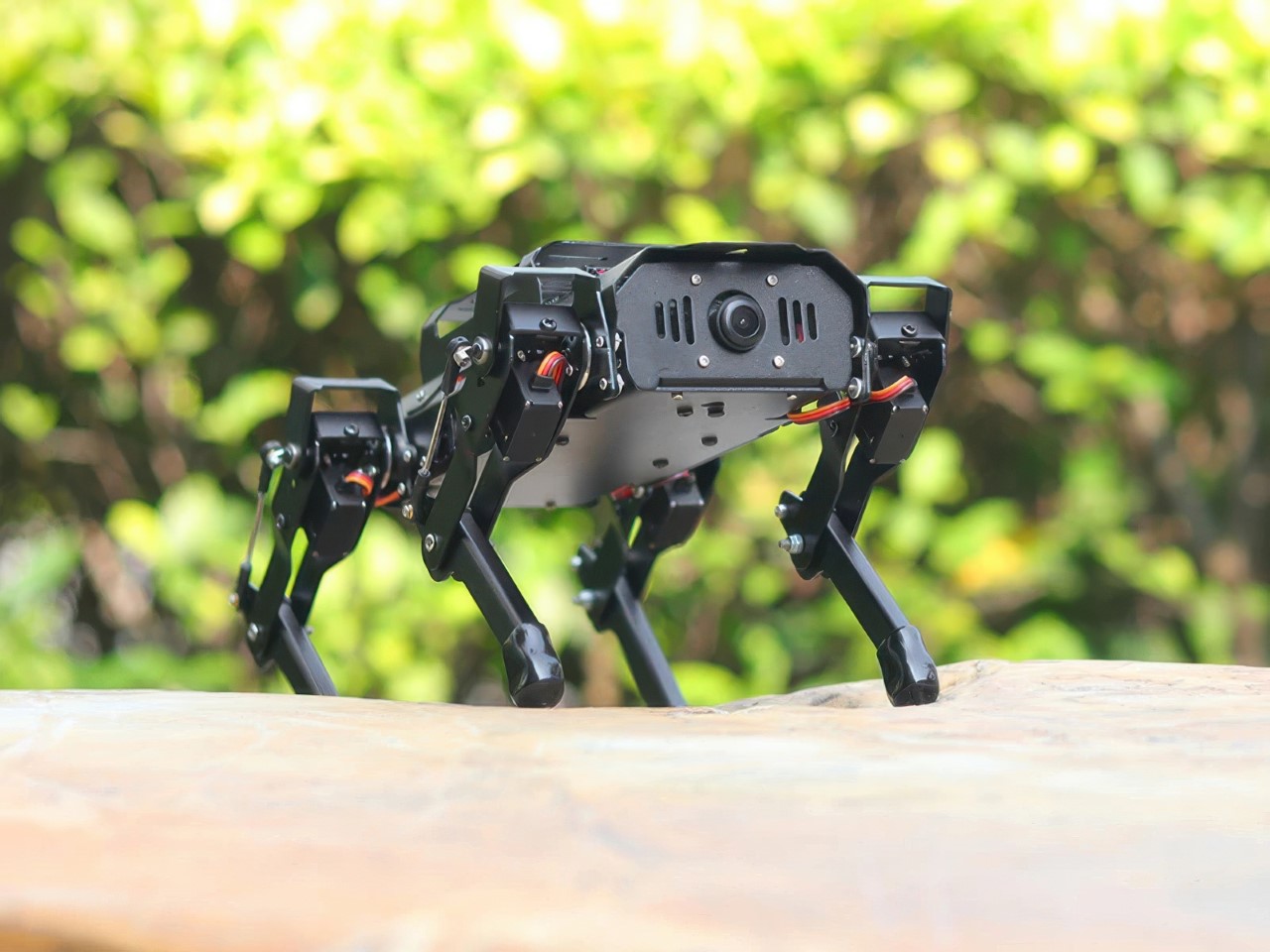
No puppy should be this smart. Especially one with stainless steel tendons, a brain powered by a Raspberry Pi, and the gait of a predator trained in motion physics. The PuppyPi isn’t pretending to be man’s best friend—it’s angling to be your next research assistant, AI sandbox, and mechanical muse. And it wears that ambition in its aluminium alloy frame like armor.
Barely larger than a hardcover book and weighing just 720 grams, the PuppyPi quadruped robot looks like it belongs on a desk—but acts like it’s ready for a DARPA challenge. This isn’t the Petoi Bittle’s plastic cousin that trots across classrooms with toy-like charm. This one trades PLA for a CNC-machined aluminum exoskeleton, swaps plug-and-play servos for eight stainless steel coreless motors pushing 8 kg-cm of torque, and throws in onboard AI vision backed by ROS and Raspberry Pi. It’s got brains, brawn, and a build quality that’s surprisingly serious for something small enough to tiptoe across your keyboard.
Designer: Hiwonder

Each leg houses a coreless servo capable of 8 kg-cm torque, which is plenty for a robot that weighs less than a bag of coffee beans. But it’s not just torque for torque’s sake. This bot uses a linkage mechanism that translates motor spin into fluid motion, giving each step a lifelike arc. The leg system is tuned for walk, trot, and amble—terms familiar to biomechanical engineers and animators alike—each customizable by lift height, touchdown timing, and stride phase offset. It’s the difference between watching a robot move and watching one walk.
That walking, by the way, happens with real-time posture correction thanks to an IMU sensor keeping tabs on its orientation. It’s not flawless, but it’s convincingly stable, and you can fine-tune everything from its height to its pitch angle via a PC app or mobile device. Android and iOS are both supported, with FPV streamed directly from the wide-angle HD camera mounted up front. Think real-time dog vision, straight to your screen.
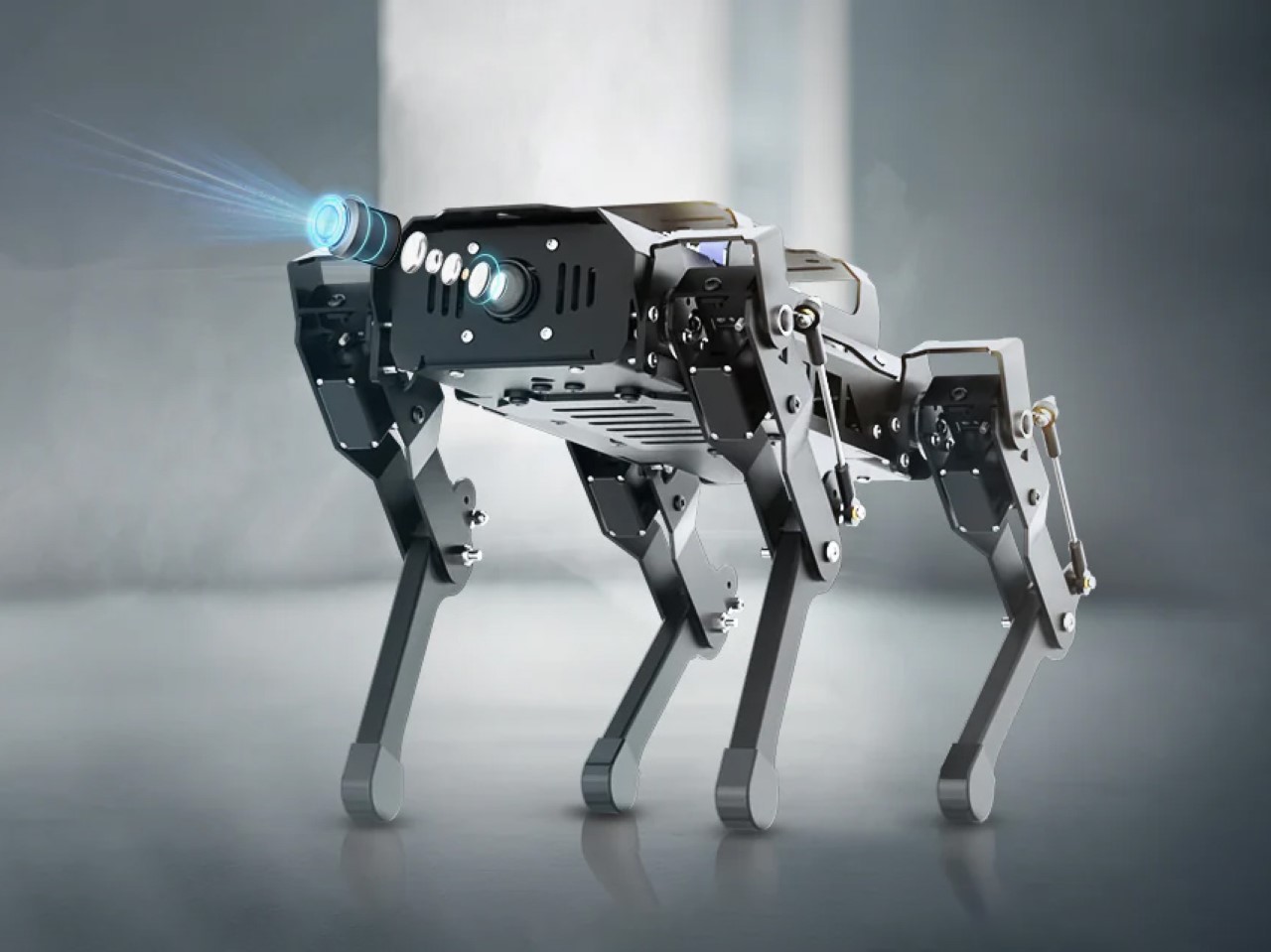
A 130° wide-angle 480p AI-powered camera stares ahead like a pair of digital eyes, feeding video to your smartphone via Android or iOS apps. You get FPV vision and remote control over Wi-Fi—handy for navigating complex environments or just geeking out as your tiny robot dog wanders under your couch. The onboard Python scripts come with detailed annotations, meaning high schoolers can pick it up fast, but the depth is there for deeper tinkering. Object tracking, line following, even gesture recognition—it’s all fair game.
For the code-savvy, the Python libraries are open source and annotated. You’re not stuck in a walled garden. Dive in, clone the repo, and go wild. Want it to dance when it sees your face? Go for it. Want it to find red balls and bring them to a marked zone? It’s already half-written for you. There’s even Gazebo simulation support, so you can test your algorithms in a digital world before committing real silicon and servos.
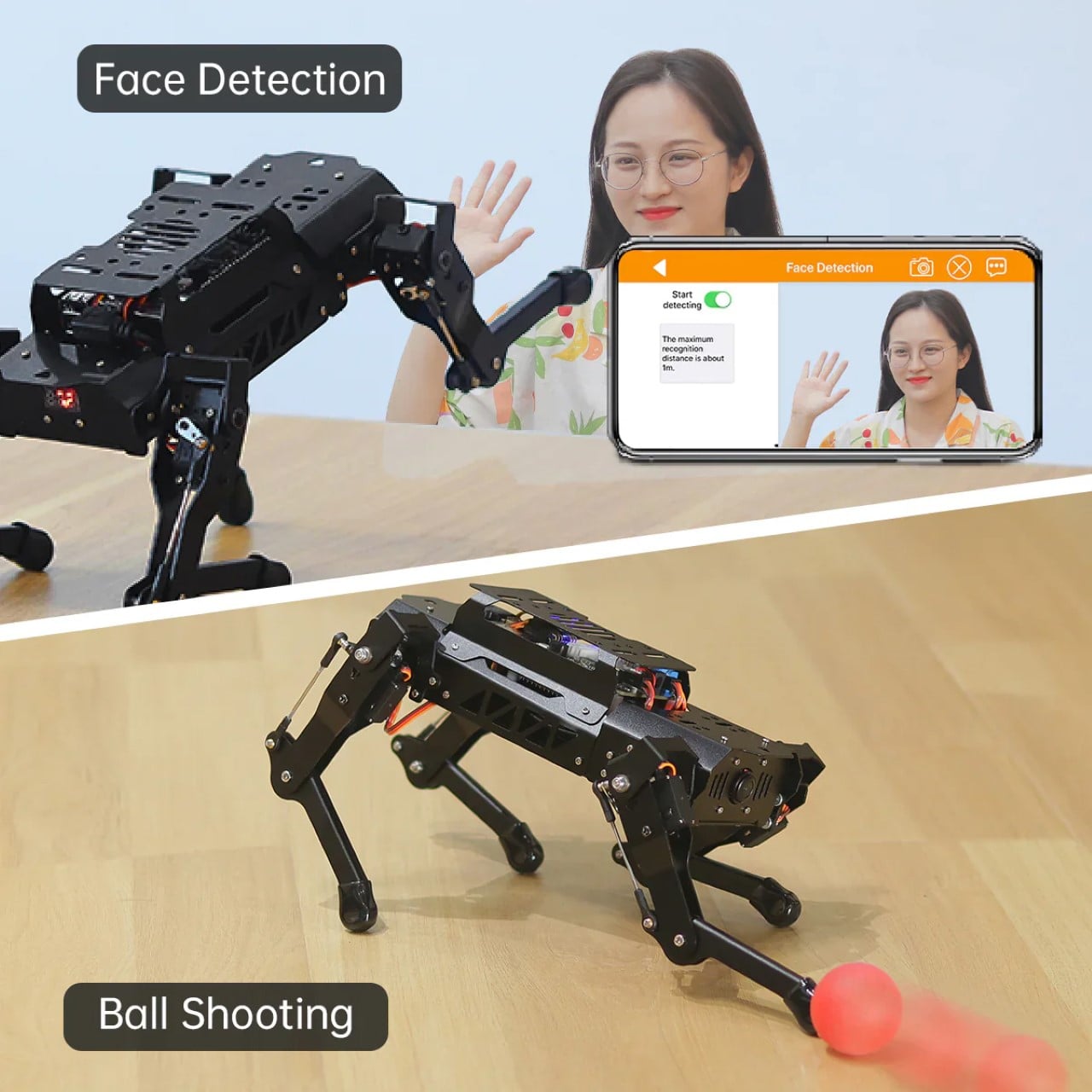
The Pro model adds SLAM to the mix via a 12-meter TOF LiDAR system clocking in at 4500Hz. That’s not just mapping—that’s mapping fast. It supports single- and multi-point navigation, obstacle detection, and rerouting in real-time. Gmapping, Hector SLAM, and Karto are all supported, making this pint-sized pup capable of navigating a living room like it’s a warehouse floor. And yes, you can give it waypoints, watch it build a map, and track its position with precision you’d normally expect from robots ten times the price.
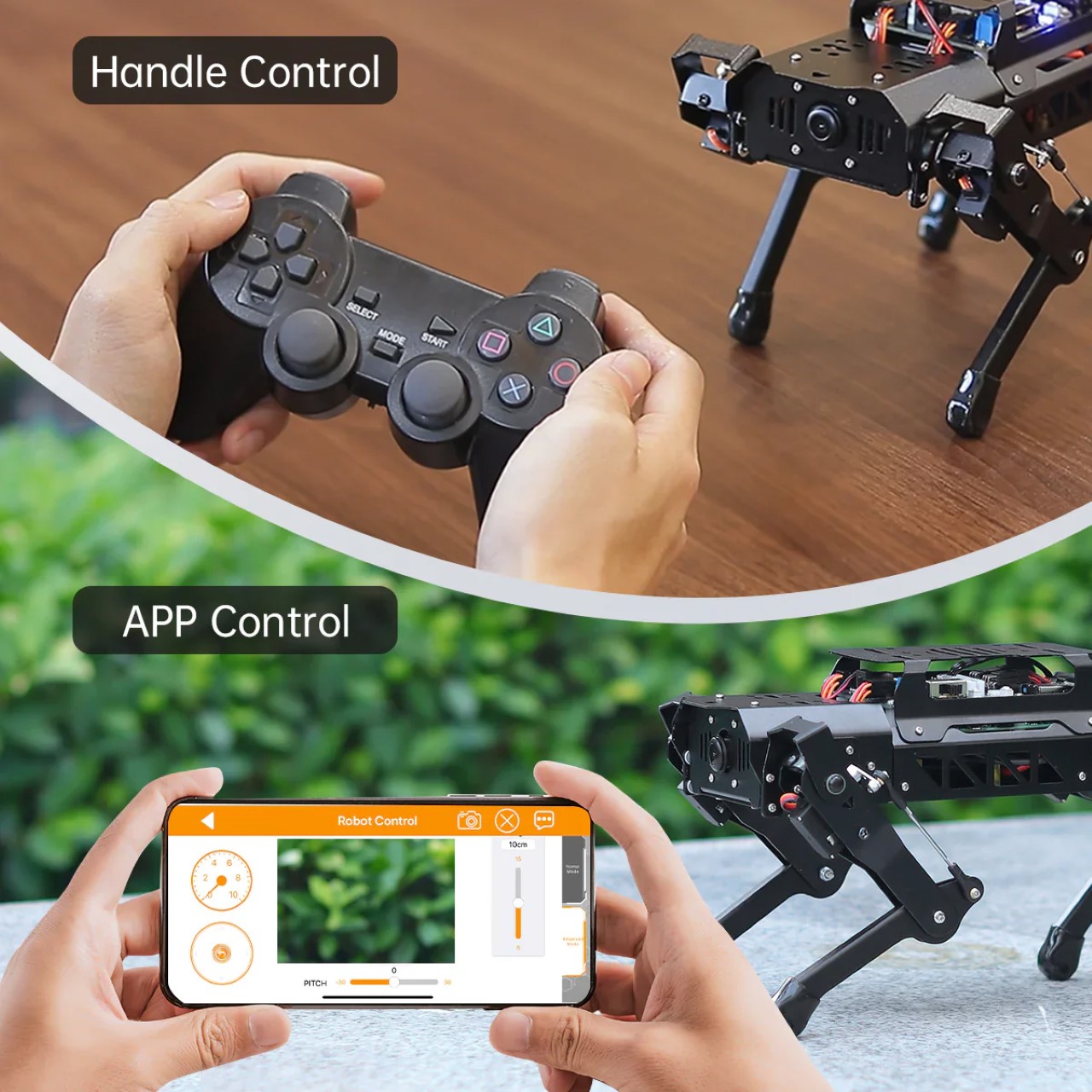
And if you’re thinking beyond quadruped locomotion, PuppyPi Pro even supports a robotic arm. Vision-guided, object-grabbing, programmable. Suddenly, this isn’t a pet or a toy—it’s a multi-modal mobile manipulator. Pick up a piece of trash, flip a switch, draw a circle in the sand. The use cases aren’t locked behind hardware limitations.
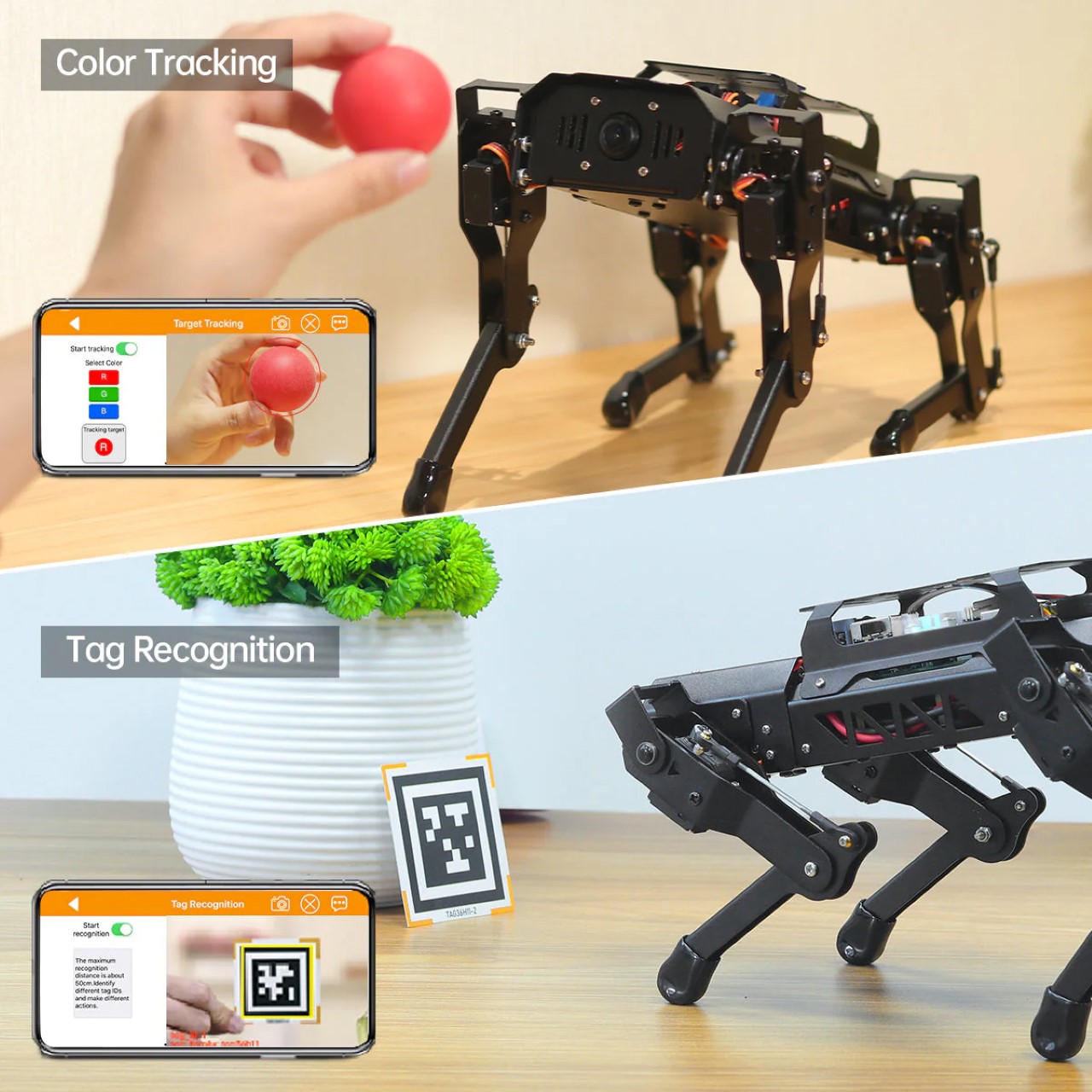
PuppyPi’s backbone is its Raspberry Pi ecosystem—choose between Pi 4B or Pi 5, with corresponding expansion boards loaded with GPIO, PWM, I2C, RGB LEDs, buzzers, and signal indicators. The Pi 5 board even brings a 32-bit ARM controller and CRC support. No flat cables. No clunky adapters. Just clean integration and room for secondary development.
A 2200mAh LiPo battery gives you a solid 60 minutes of runtime. You get real-world testing without needing a wall outlet every 15 minutes. A voltage monitor keeps you in check so you don’t end your SLAM session with a dead bot in a blind corner.
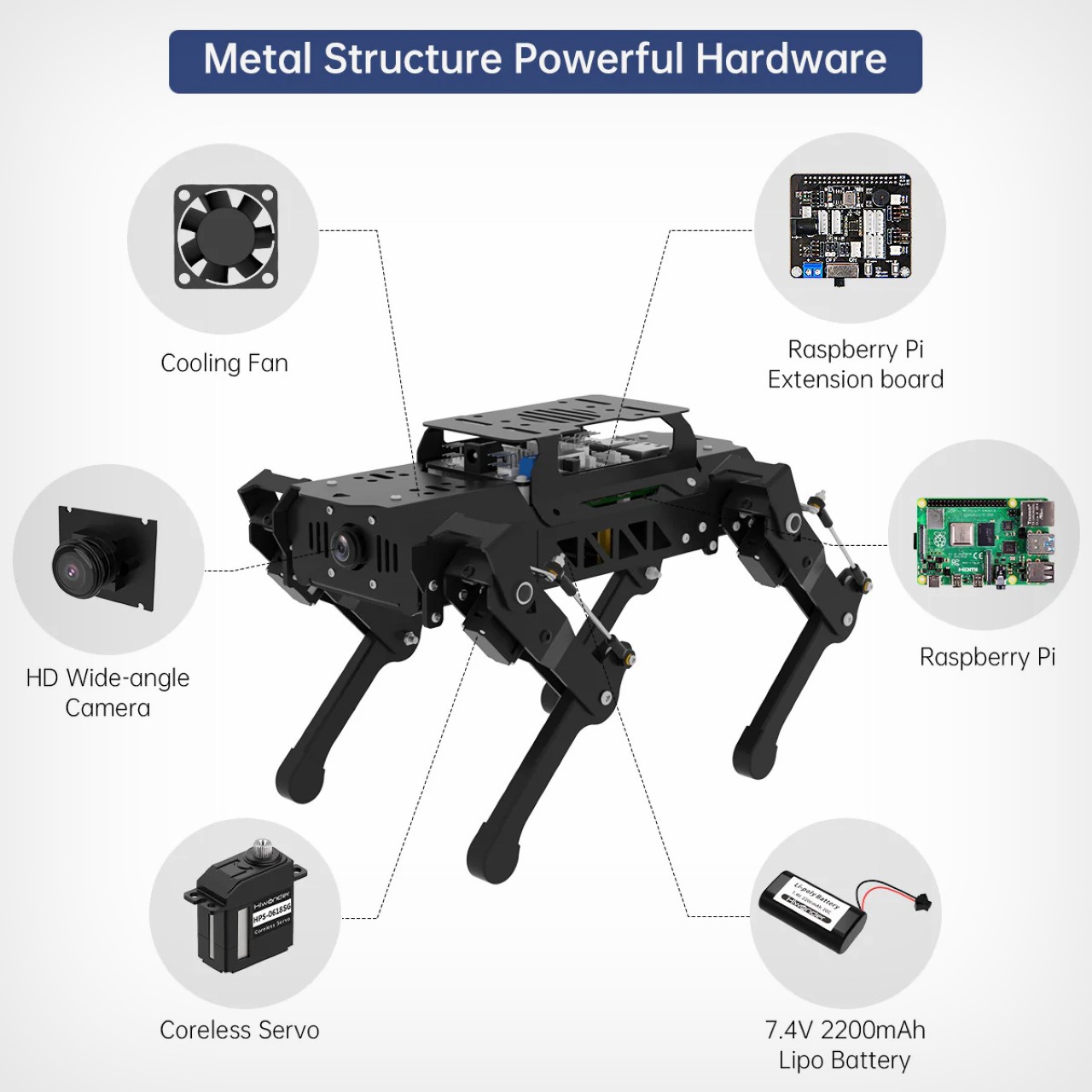
This is what happens when a robot dog is built not to imitate biology, but to accelerate learning. It’s unapologetically geeky, technically rich, and begging to be modded. Whether you’re a student writing your first gait sequence or an engineer testing a SLAM pipeline in your living room, PuppyPi doesn’t condescend. It delivers.
The post This Tiny Robot Dog With AI Vision Might Be Smarter Than Your Coworkers first appeared on Yanko Design.






















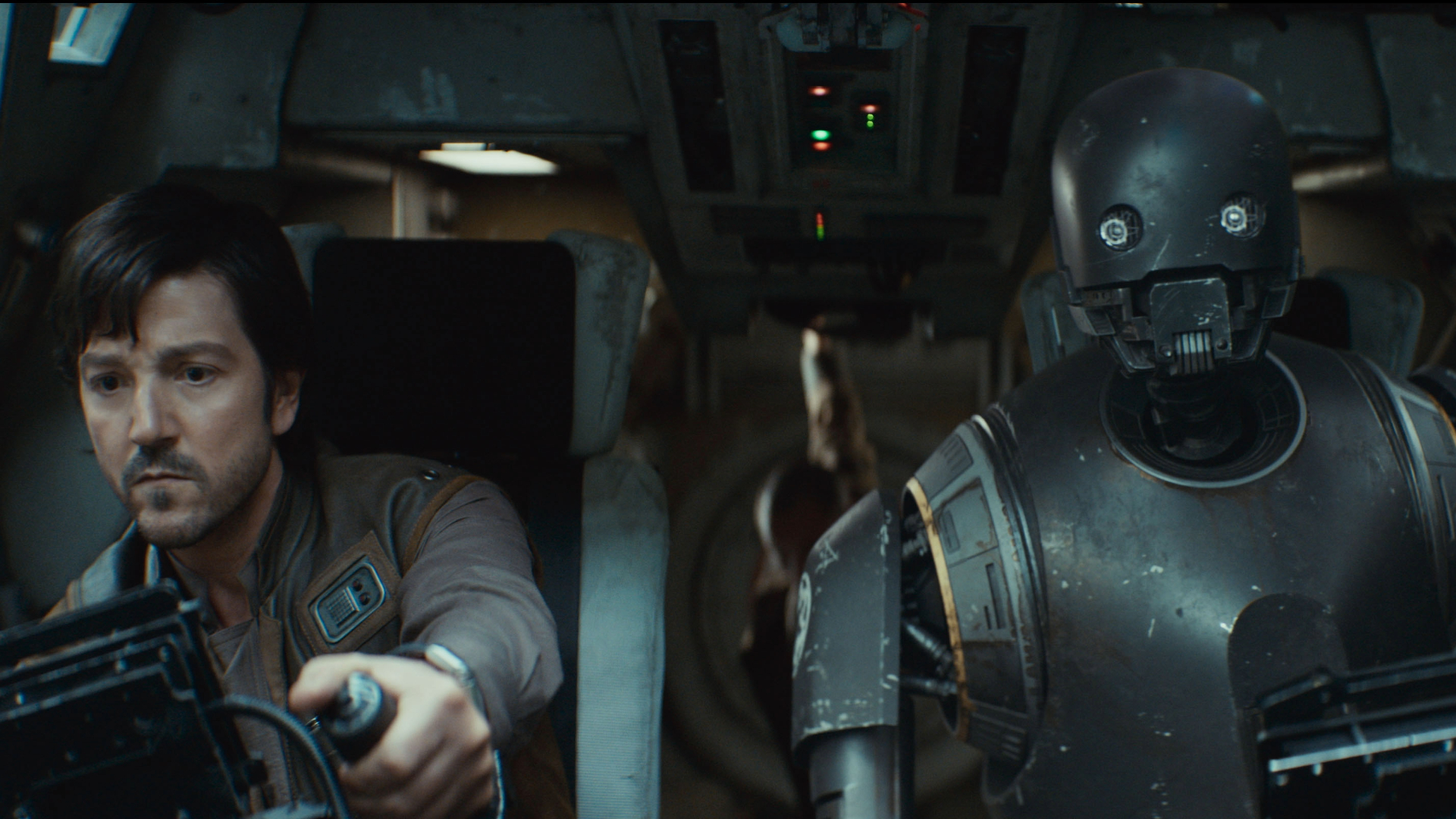












































































![Nicolas Cage Says ‘Lord Of War’ Sequel Has Attractive Script Focusing On Yuri’s Gunrunner Son, Talks Making ‘Spider-Man Noir’ [Interview]](https://cdn.theplaylist.net/wp-content/uploads/2025/05/07091625/NICOLAS-CAGE_LORD-OF-WAR_SEQUEL_LORDS-OF-WAR_SPIDER-MAN-NOIR_AMAZON_SONY_.jpg)




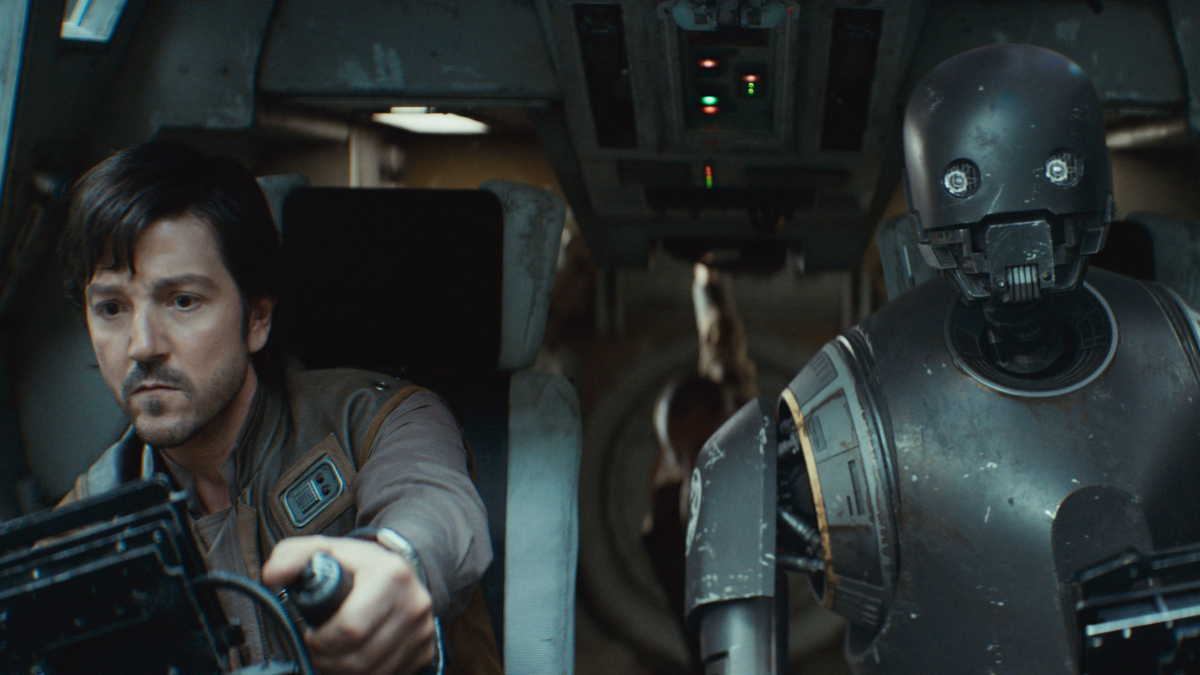























![“No Tray Table in First?”: American Airlines Passenger Pays For First Class, Gets Seat With Nowhere To Eat [Roundup]](https://boardingarea.com/wp-content/uploads/2025/05/fc48db1548f2cbd55e91845d1fb65182.jpg?#)














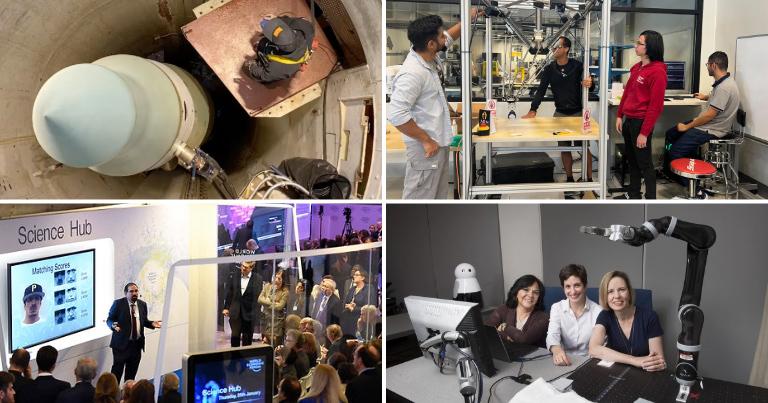




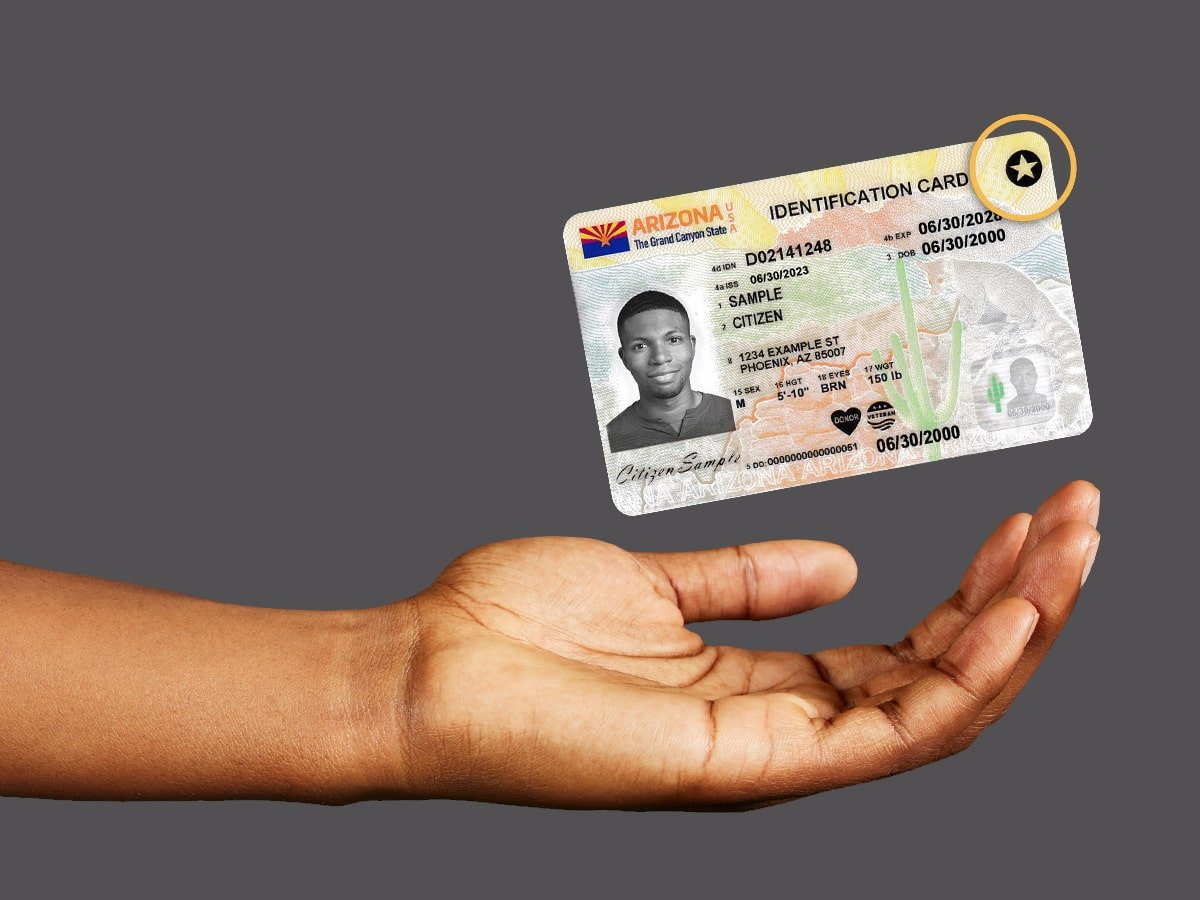



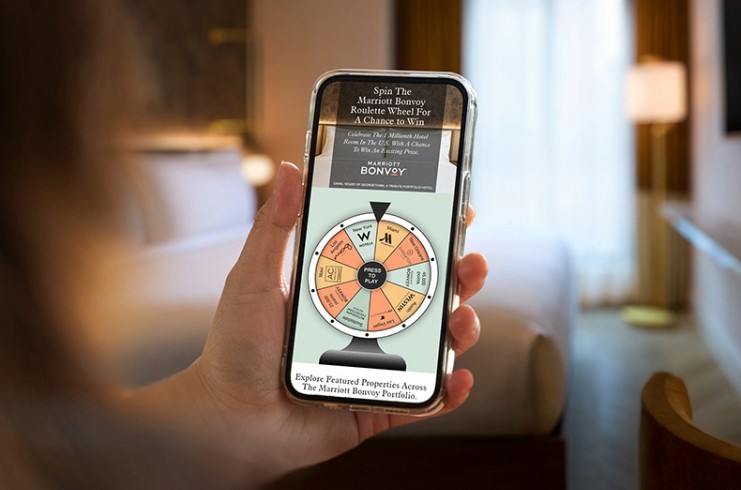








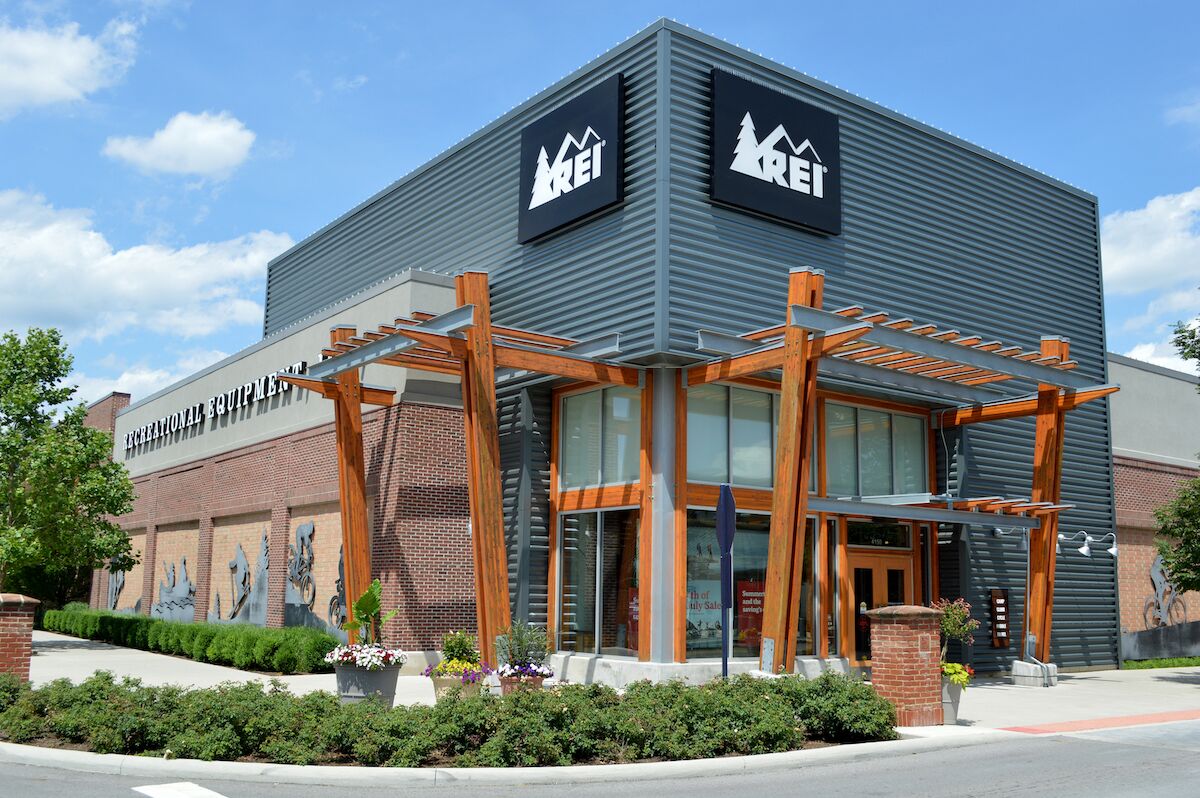





































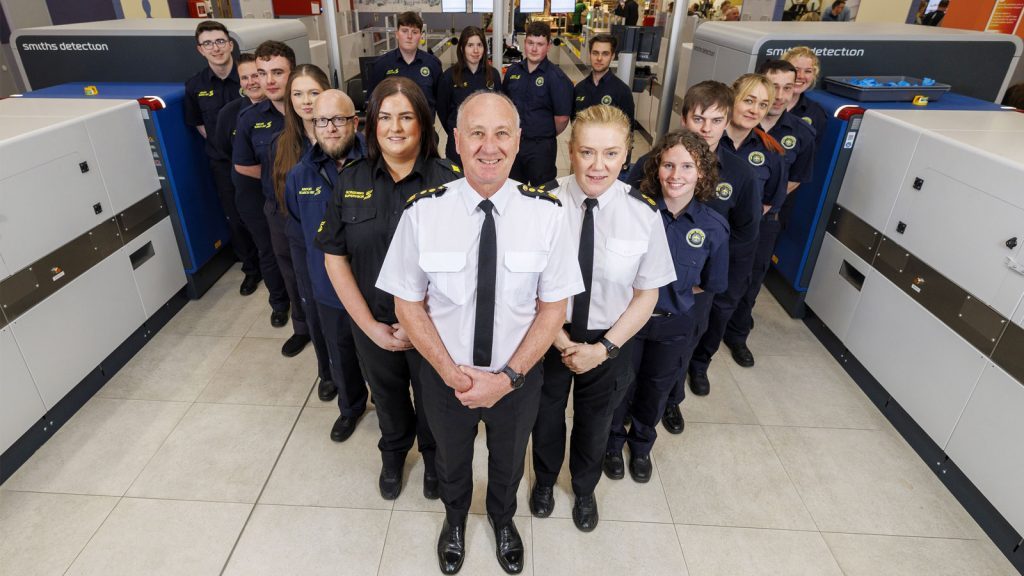








![Capital One Venture Review [Special Offer – Final Week]](https://viewfromthewing.com/wp-content/uploads/2024/01/20240108_121450.jpg?#)
























































































